The ups and downs of life with chocolate labradors: 'If one of my chocolates does something naughty, there’s no hiding. They all know it’s mine'
Chocolate labradors are becoming more and more popular — and with good reason, as Katy Birchall explains. Photographs by Millie Pilkington for Country Life.
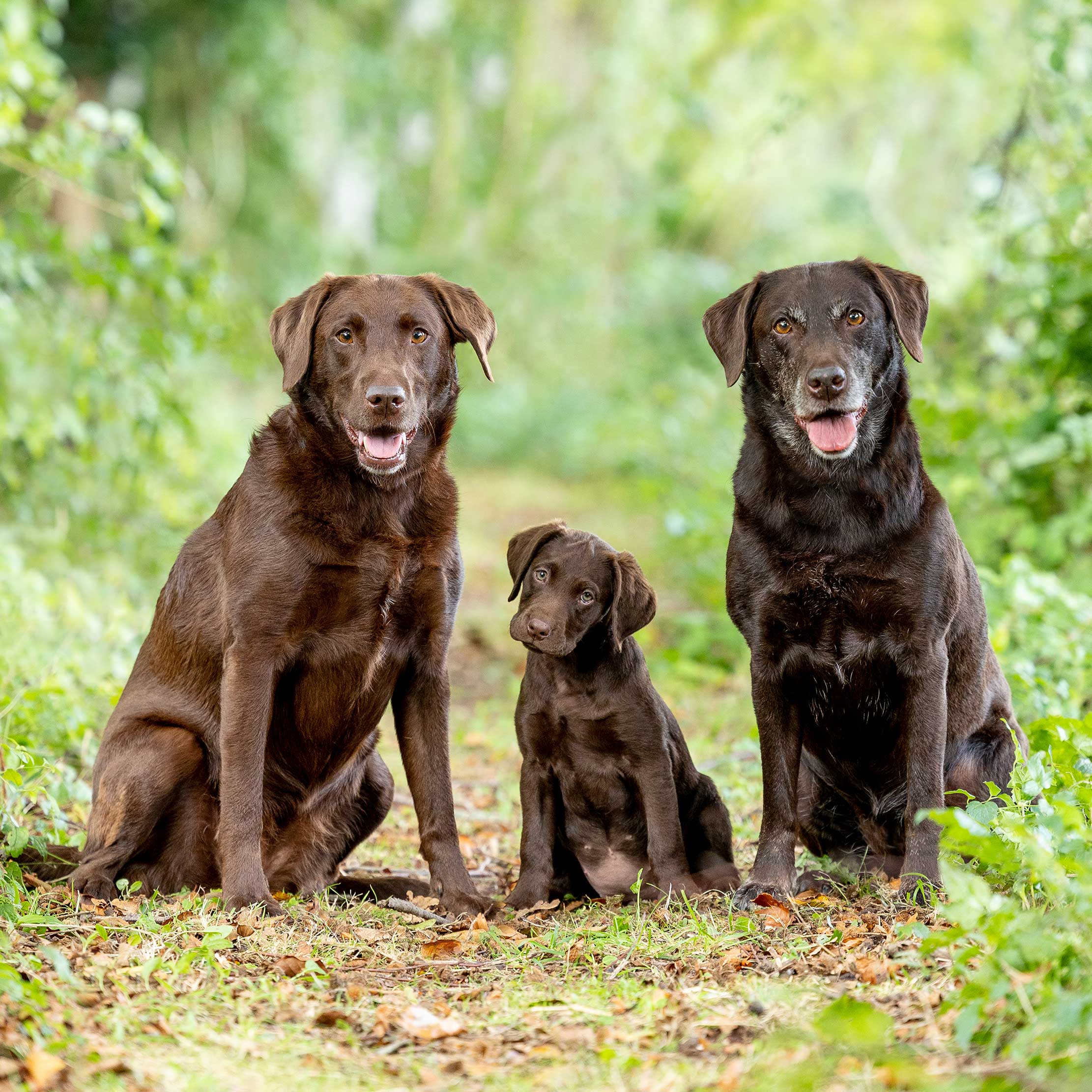

As a book shouldn’t be judged by its cover, nor should a labrador be judged by its colour, but the general opinion among the country set has long been that black labs rule the roost, yellow and fox reds are modern favourites and chocolates belong in the show ring. Even the name ‘chocolate’ alludes to a pampered pet — the shade was called ‘liver’ for the first half of the 20th century, but was changed to sound more appealing.
And its seems that people are coming around to their appeal. ‘It’s been a long time coming, but attitudes towards chocolate labradors are changing,’ declares Dorothy Walls-Duffin of Grangemead Labradors. Even gamekeepers own them today, she says: ‘That speaks for itself.’
The earliest record of chocolates is two ‘liver’ pups born in the Buccleuch kennel in 1892, but the black coat was the colour of choice at the time and remained so when the labrador was officially recognised in 1903. Although there were notable attempts to popularise chocolates, it wasn’t until after the Second World War that they began to gain attention.
With their rich brown coats, gentle eyes and devoted nature, the dogs were embraced by show enthusiasts and became a big hit as family pets, but continued to be largely ignored by those seeking working dogs. Consequently, their trainability and working instinct was bred out of them — this is the challenge for today’s chocolate devotees.
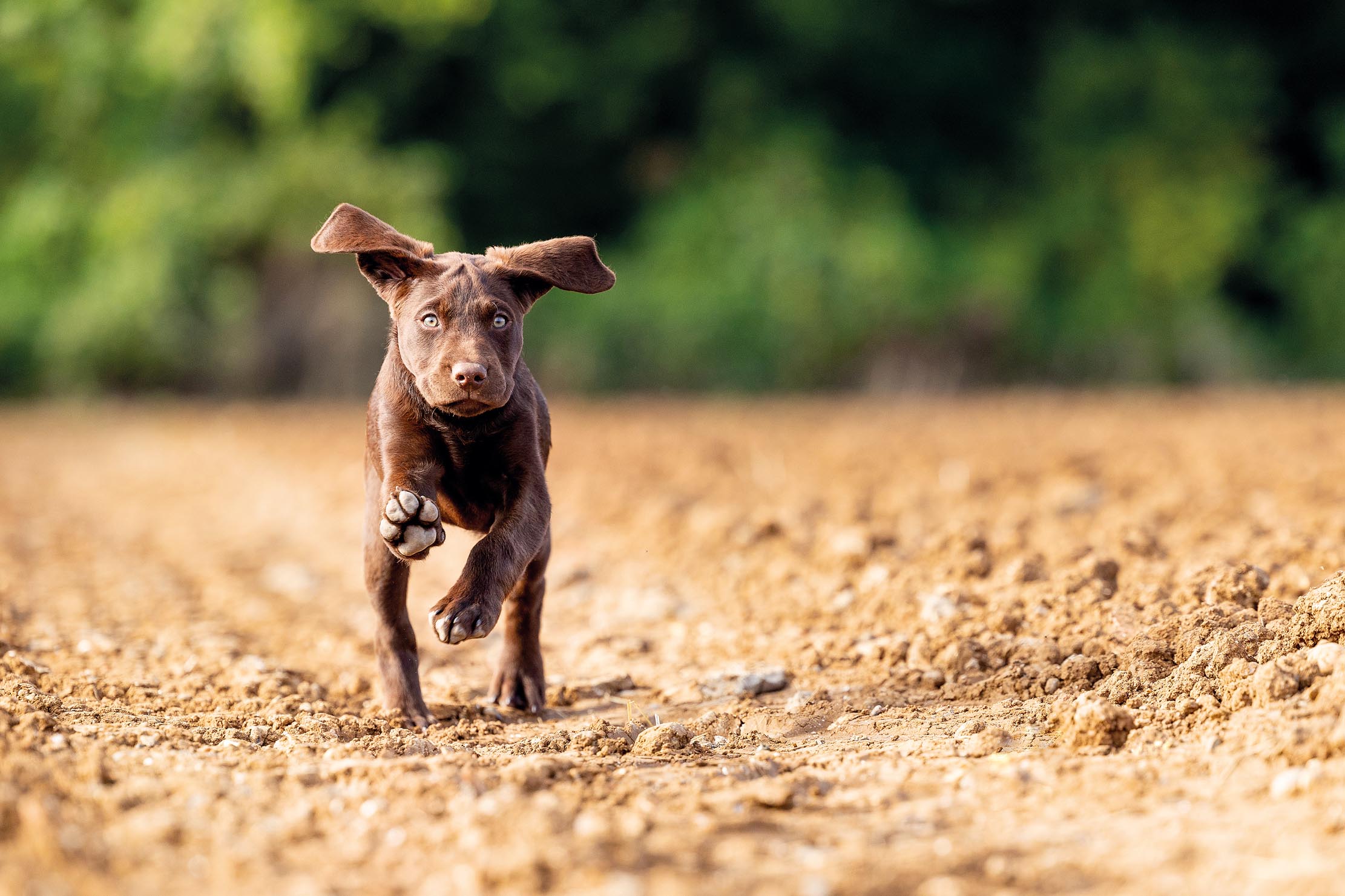
‘When I got my first, everyone told me it was a bad idea because they were useless. That made me determined to prove that chocolates could be just as good as blacks or yellows,’ reveals Mrs Walls-Duffin, a renowned breeder of 25 years and an instrumental player in the growing success of chocolates in the field. ‘It’s been a long and careful process of putting working lines in. At one time, you were laughed at for taking chocolates out, but gamekeepers would see my dogs working nicely and mention they wouldn’t mind having one.’
Polly Gibb of Killyrudden Gundogs recalls the resistance she encountered when she first started working her chocolates several years ago, with one man refusing to have anything to do with chocolate labs despite her having won trials with her dogs. ‘But that was the attitude then,’ she says. ‘Things have changed and the shape of working chocolates has gotten much better.’
Coat-colour genetics in labradors is complex and thorough research is absolutely essential before any attempts are made at breeding for a certain colour. The Kennel Club recognises black, yellow and liver/chocolate labradors, the coat of a puppy being determined by the genes it inherits from both parents.
Sign up for the Country Life Newsletter
Exquisite houses, the beauty of Nature, and how to get the most from your life, straight to your inbox.
The black gene is dominant, but there are nine different labrador genotypes and it all depends on which genes the parents carry, meaning a few possible outcomes. For example, two black dogs could produce a litter of all three colours, two chocolates can have chocolate and yellow, but a yellow and a chocolate could make for a solely black litter.
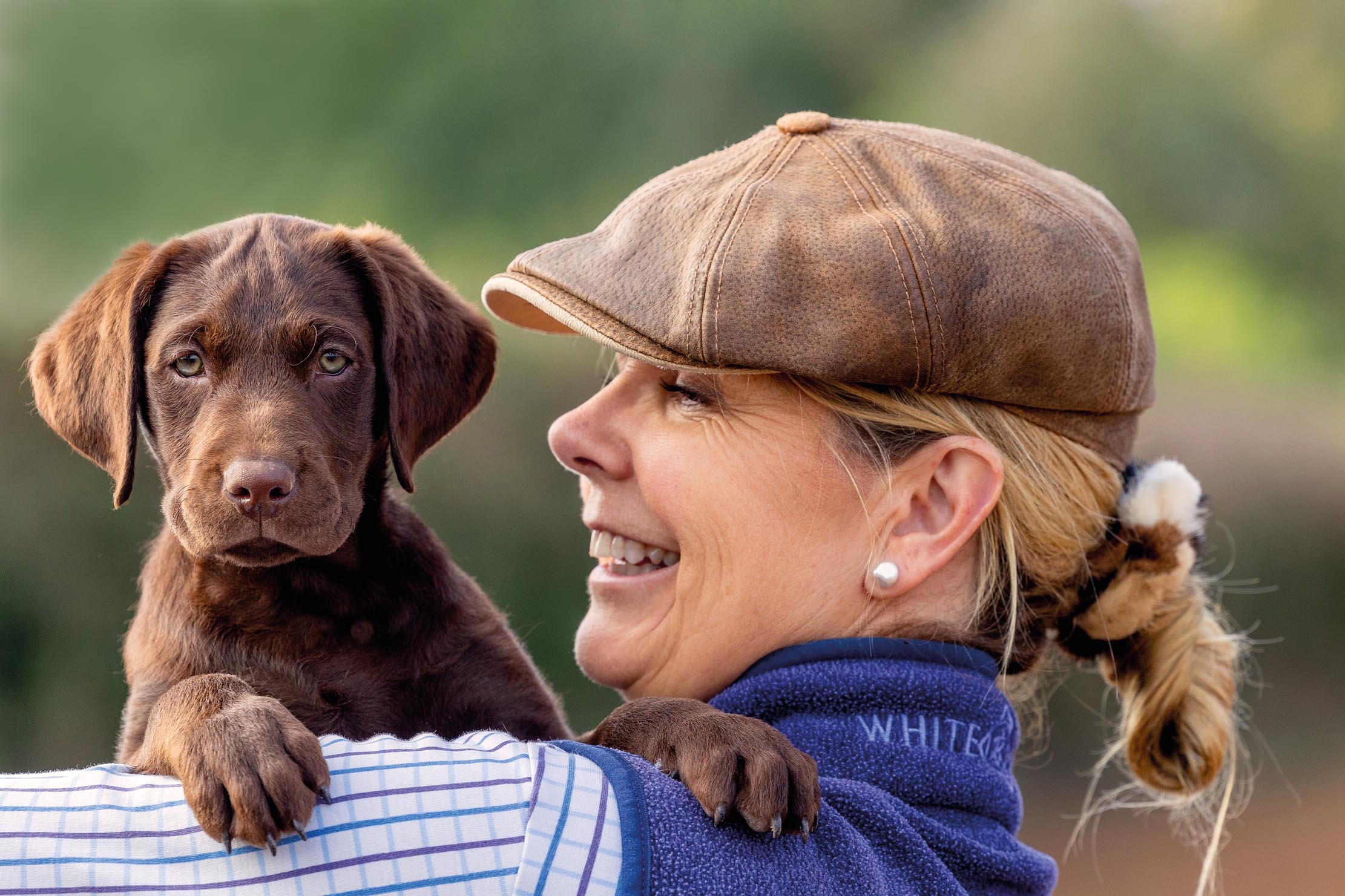
‘I breed my chocolate bitches to black or yellow field-trial champions — sometimes, you end up with a litter of black puppies, but the important thing is that those pups carry chocolate,’ Mrs Gibb explains, having bred them for more than 20 years. ‘I’m passionate about showing people what they can do. My aim is to have a chocolate stud dog chosen by others because of his ability, not his colour.’ Diana Stevens of Wylanbriar Labradors concurs: ‘They’re powerful dogs and just as fast as blacks and yellows,’ she says. Athletic and strong, working chocolate labradors today quickly extinguish any lurking associations of their colour with laziness.
Belvoir Castle has been home to labradors for generations and that tradition was, until recently, upheld by Nelson, the second chocoate lab to be owned by the Duke of Rutland, whose ‘beloved and trusted friend’ died in August.
‘The reason I have had chocolates is because of my father-in-law,’ the Duke explains. ‘He was a farmer in Wales and introduced me to them. Up until that point, as a family, we always had yellow labradors.’ The Duke is convinced there was no difference in his dog’s capability; and since owning chocolates, the Duke admits his eye is naturally drawn to them. ‘They can all be equally greedy, stubborn and amusing no matter what colour they are,’ he says. ‘Any labrador I have does, however, have to have a wide head. I like the old-fashioned look, rather than the newer style of dog with the slimmer heads. I also like a nice bushy tail.’
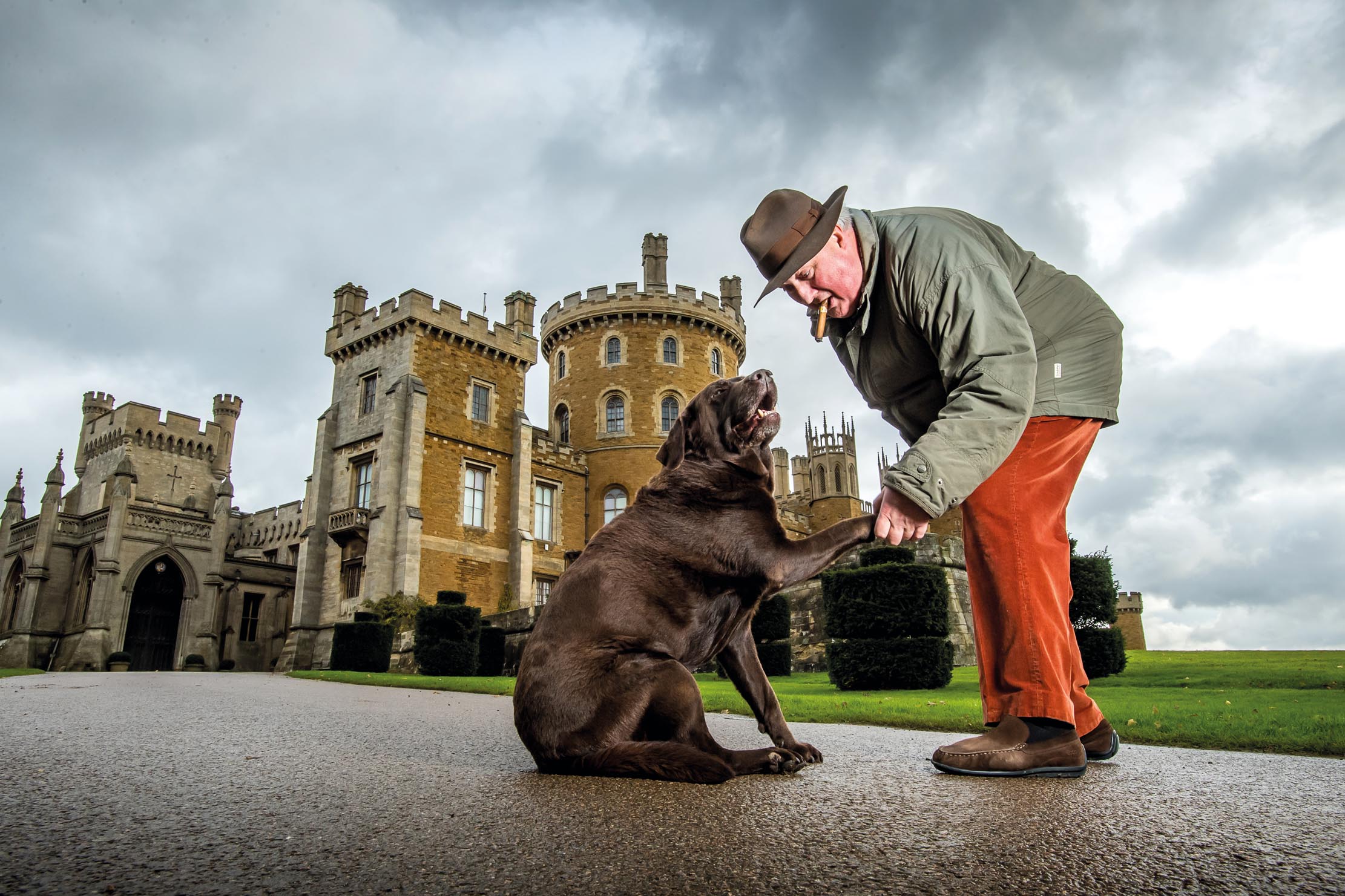
One drawback to the show background can be a lack of self-control, admits Diana Stevens, finding some chocolates have a tendency to make noise as a response to the adrenaline. ‘If you have a dog with a habit of whining and you wanted to breed it to produce more working dogs, you’d find the best, quietest field-trial champion to try to genetically bring it away from that show line — chocolates haven’t had all those years of being bred selectively for positive working traits, unlike the other colours.’
When trainer and breeder Stewart North was given Maggie, a chocolate bitch that could no longer be cared for by its owner, he had no idea that she would become a member of his Northglen Gundog team. ‘I thought I’d train her up and find her a new home, but I realised she had a lot of excellent qualities,’ he admits. ‘After doing the research, I covered Maggie with a black labrador dog and we had a litter of six. I kept one of the chocolates, Sam, and the rest is history. He’s one of only three chocolates to win an open field trial. He’s a wonderful, consistent dog.’
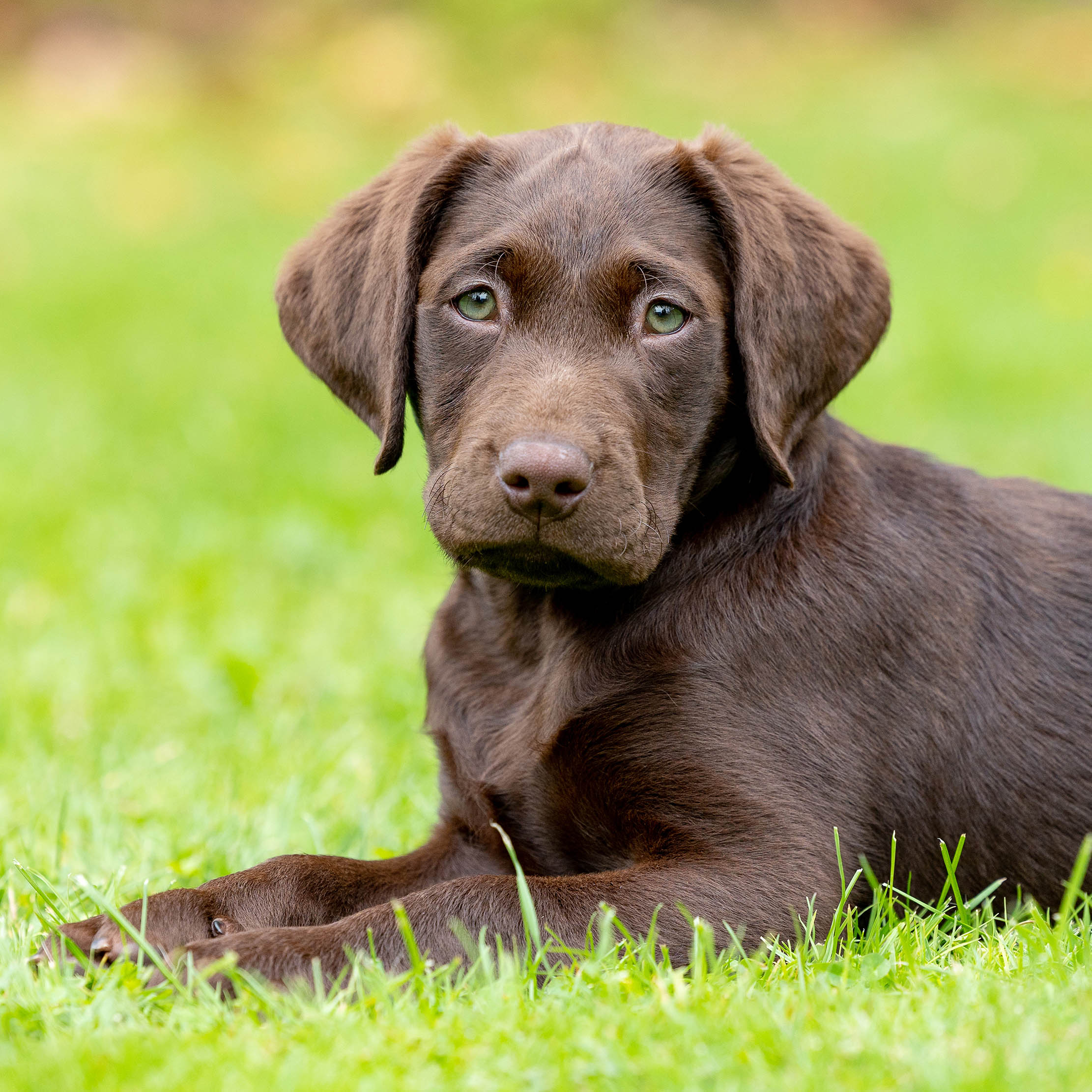
Mr North insists that encountering any prejudice against chocolates only motivates him further. ‘There are always going to be people who make judgements before they’ve seen the dog work. If I had a pound for each time I’d heard a comment about my dogs being chocolate, I’d be a rich man — it was probably the same for yellow labradors once upon a time and it still exists for other minority breeds. As a handler and a competitor, all I want is to compete against the best. The ultimate goal is to see a chocolate as a field-trial champion. That would be something else, wouldn’t it?’
For Susie Stewart, nothing quite compared to taking her three chocolates — Havoc, Panic and Chaos — out last season. ‘I like to think mine hold their own,’ she says. ‘And they absolutely adore it. It’s what they were born to do.
‘Panic is always eager to please and loves working. Chaos is very sweet and trainable; Havoc [who sadly died of old age after Miss Stewart was interviewed for this article] was an outstanding scenting dog. You are starting to see more chocolates out there and they’re getting better and better.’
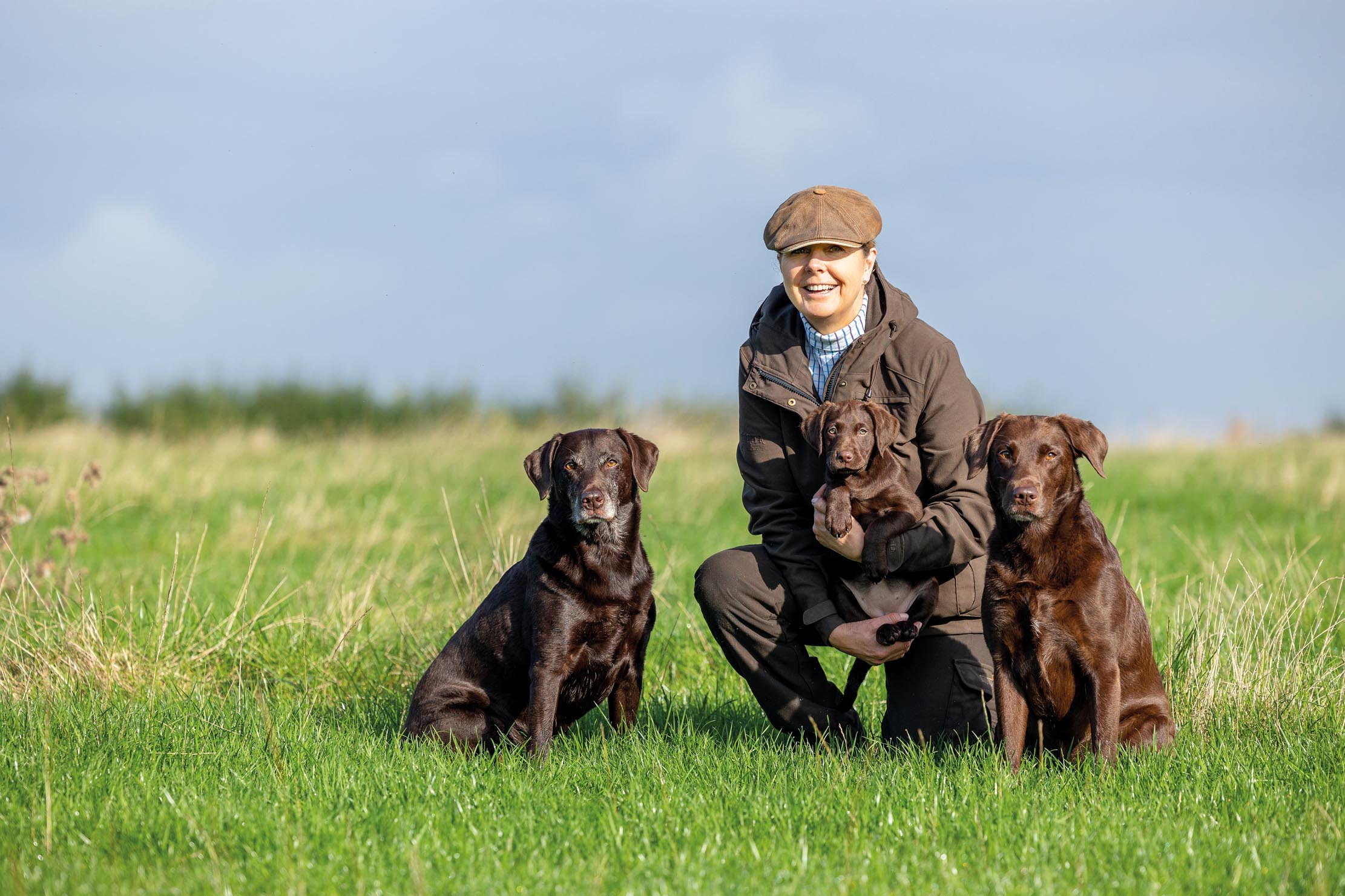
Praising those dedicated to breeding working lines back into the dogs, Miss Stewart is pleased to be welcoming a new pup to her pack, a chocolate bitch named Bedlam, bred by Mrs Gibb and already showing signs of mischievous character. ‘You don’t want a wallflower,’ Miss Stewart insists fondly. ‘She has big boots to fill following on from Havoc, that’s for sure.’
A chocolate fan for life, Miss Stewart does point out, however, the one disadvantage to the colour: the rarity of the colours means that they stick out a mile, for better or worse: ‘If one of my chocolates does something naughty, there’s no hiding. They all know it’s mine.’
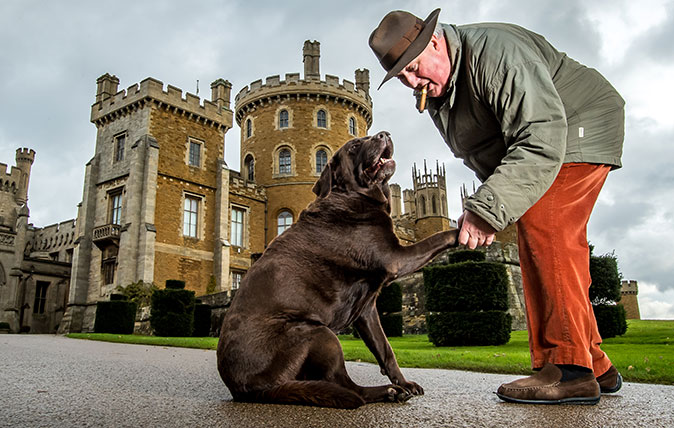
Dukes and their dogs: Why Britain's aristocracy are just as mad about their canine friends as the rest of us
Stylish canines have long been a duke's or duchess's best friend, as Matthew Denison found out.
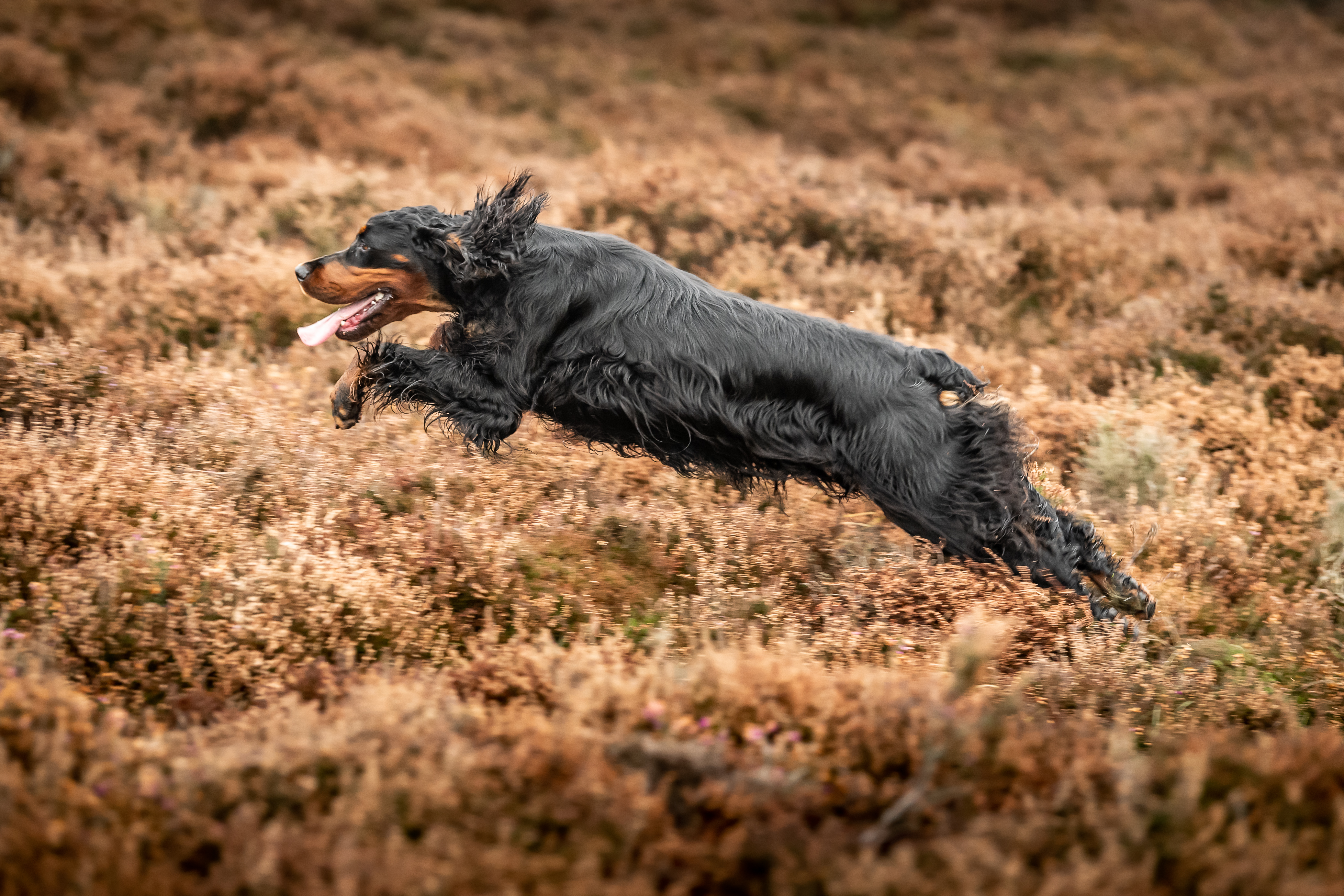
Gordon setters: Distinguished, handsome and kindly dogs who deserve consideration
Developed by the 4th Duke of Gordon, the handsome black-and-tan Gordon setter has fallen out of fashion as a working
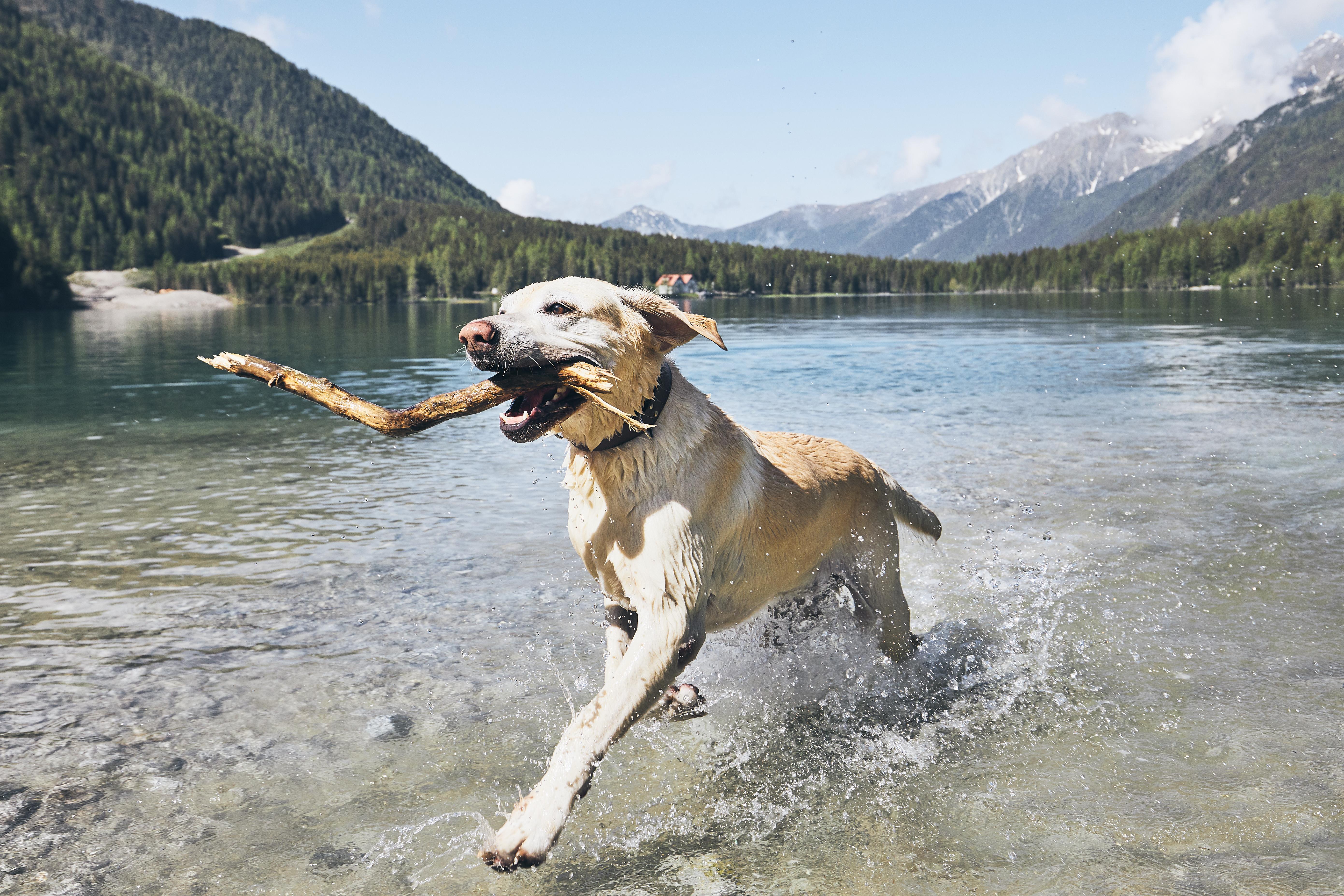
The Labrador: The world’s favourite dog
Ben Fogle traces the illustrious history of the world’s favourite dog, the Labrador.
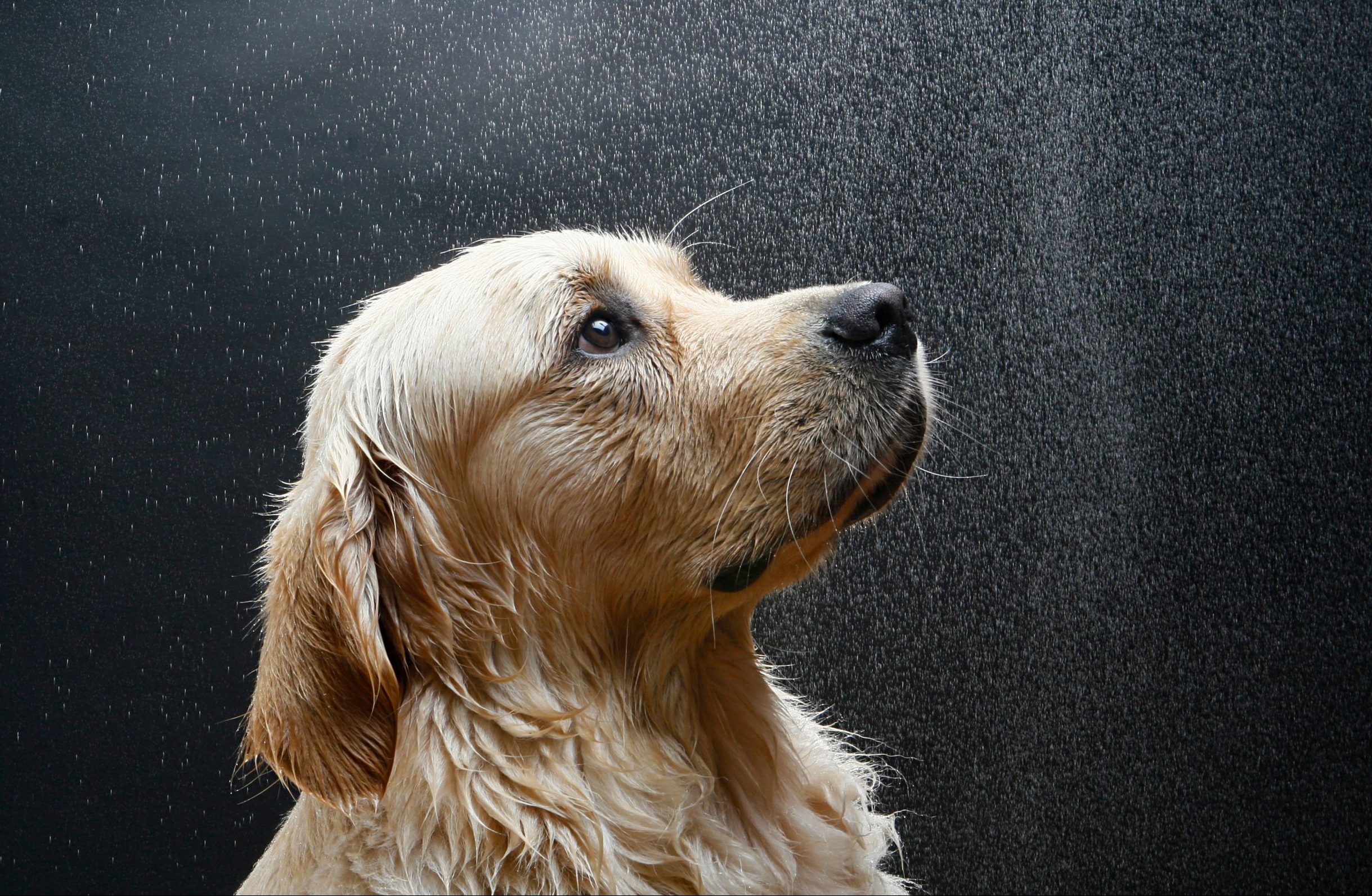
Golden retrievers: The gorgeous dogs that bring friendship, loyalty and love
Some call the golden retriever the ‘dumb blonde’ of the dog world, but those who know them know differently. Here's
-
 'There is nothing like it on this side of Arcadia': Hampshire's Grange Festival is making radical changes ahead of the 2025 country-house opera season
'There is nothing like it on this side of Arcadia': Hampshire's Grange Festival is making radical changes ahead of the 2025 country-house opera seasonBy Annunciata Elwes
-
 Welcome to the modern party barn, where disco balls are 'non-negotiable'
Welcome to the modern party barn, where disco balls are 'non-negotiable'A party barn is the ultimate good-time utopia, devoid of the toil of a home gym or the practicalities of a home office. Modern efforts are a world away from the draughty, hay-bales-and-a-hi-fi set-up of yesteryear.
By Annabel Dixon